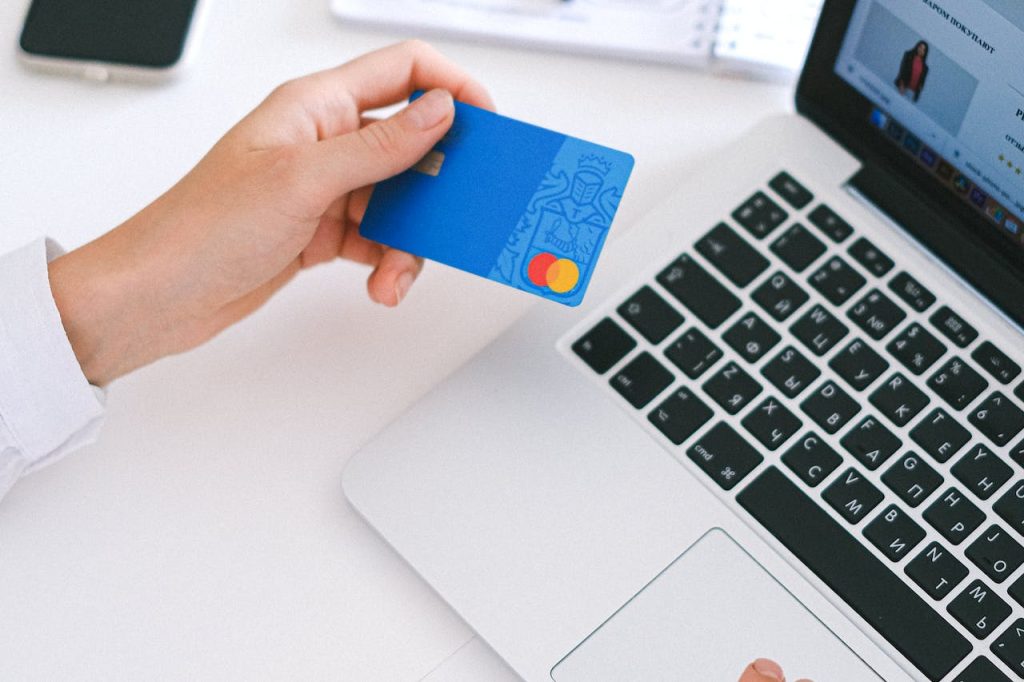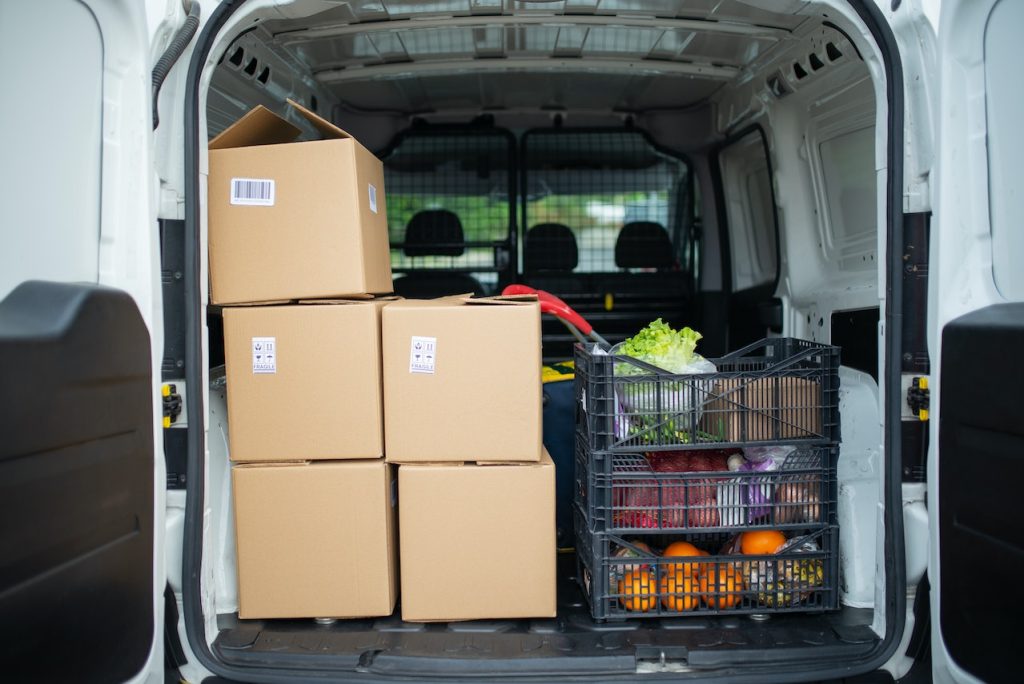From corner stores rewarding frequent coffee buyers to multinational corporations offering exclusive benefits to their top clients, loyalty programs have become an integral part of the business landscape. Yet, the strategies behind these programs vary significantly depending on whether the target audience is individual consumers (B2C) or other businesses (B2B). Let’s explore the fascinating world of B2B and B2C loyalty programs and uncover the unique approaches each employs to foster lasting customer relationships.
Building Relationships vs. Emotional Connections
B2C Loyalty Programs
These programs primarily focus on building a brand’s customer base and fostering emotional connections with individual consumers. The aim is to make customers feel valued and appreciated, thus driving brand loyalty.
B2B Loyalty Programs
In contrast, B2B loyalty programs emphasize cultivating long-term relationships and adding value to the overall business partnership. The goal is to strengthen the bond between businesses and demonstrate the benefits of continued collaboration.
Rewards and Incentives: Personalization vs. Business Value
B2C Loyalty Programs
B2C programs typically offer hyper-personalized experiences and incentives tailored to individual consumers. These often include:
- ● Discounts
- ● Exclusive offers
- ● Free products
- ● Redeemable points for rewards or cash back
The key here is to make the customer feel special and understood, encouraging them to choose the brand over competitors.
B2B Loyalty Programs
B2B companies take a different approach, adapting their loyalty programs to the specific needs of business customers. While the focus remains on building long-term relationships, the rewards are geared toward enhancing business operations and profitability. Common incentives include:
- ● Bulk discounts
- ● Free shipping
- ● Extended payment terms
- ● Access to exclusive products and services
- ● Access to a range of partner-relevant rewards
These benefits are designed to support business growth and streamline operations, making the partnership more valuable for both parties.
Target Audience: Individual Consumers vs. Businesses
B2C Loyalty Programs
B2C programs are aimed at individual consumers, appealing to their personal preferences and shopping habits.
B2B Loyalty Programs
On the other hand, B2B programs cater to businesses of all sizes, from small enterprises to large corporations. The rewards and incentives are carefully chosen to address the unique challenges and goals of these businesses.
The Importance of Understanding the Differences
Understanding the nuances between B2B and B2C loyalty programs is critical for businesses looking to maximize customer retention and foster long-term growth. By tailoring their programs to the specific needs and expectations of their target audience, businesses can create a loyalty program that truly delivers value and drives success.
Conclusion
Whether you’re selling to individual shoppers or large corporations, loyalty programs are a powerful tool in your channel management. By understanding the unique needs of B2B and B2C customers, you can create reward and incentive programs that truly resonate and foster long-term loyalty.
Remember, it’s not just about giving discounts or freebies. It’s about building a connection, showing appreciation, and offering value that goes beyond the transaction. In the B2B world, this may mean providing exclusive access to resources or partnering with channel partners to offer a wider range of benefits. In the B2C world, it may involve personalized recommendations and experiences that make customers feel seen and understood.
Ultimately, the key to a successful loyalty program lies in understanding your audience and crafting a strategy that aligns with their needs and motivations. By doing so, you’ll not only drive repeat business but also build lasting relationships that benefit both your customers and your bottom line.













